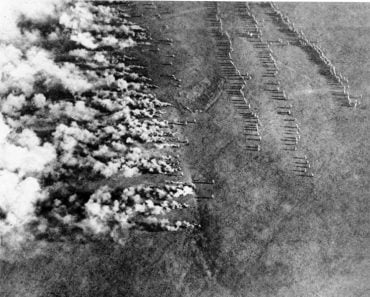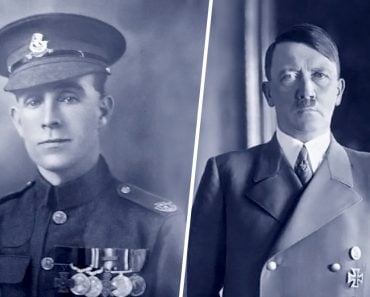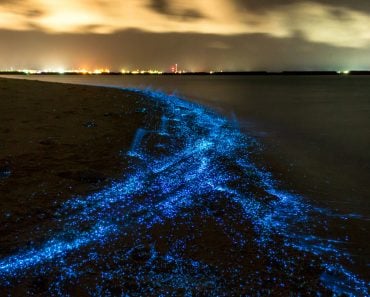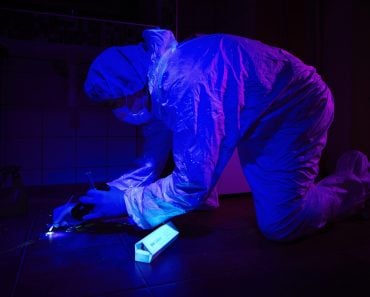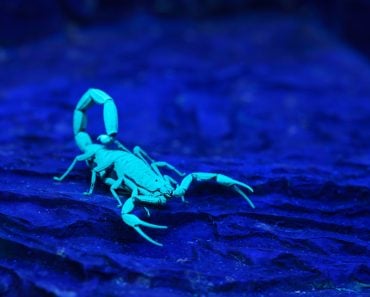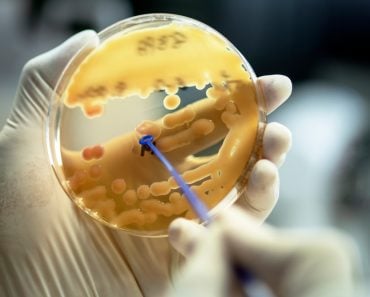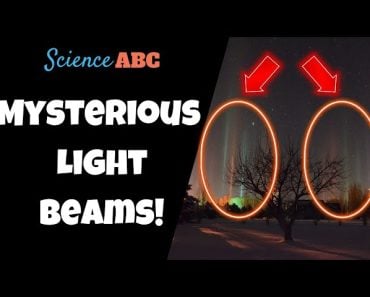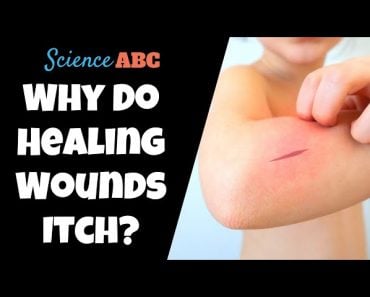Angel’s glow was the name given to the mysterious glow emitted the wounds of American civil war soldiers. The cause of this glow is hypothesized to be the bacteria Photorhabdus luminescens. This bacteria lives in the guts of a nematode that is commonly found in Shiloh, Tennessee where the phenomenon was reported happening.
The night was cold, dark, and deadly. Countless soldiers lay scattered on the muddy battlefield awaiting medical attention. Blood gushed from their open wounds, the risk of infection taking them ever closer to death’s door. As though by magic, however, the wounds of a select few shone blue in the darkness, as though some mysterious power was bringing them back from the edge of death.
Recommended Video for you:
Battle Of Shiloh
This may sound like a fairy tale, but it’s actually a legend from the Battle of Shiloh. This conflict is also known as The Battle of Pittsburg Landing and has been noted as one of the bloodiest battles in the American Civil War. The mayhem that began on April 6, 1862, in Shiloh, Tennessee stretched on for two days, claiming 23,000 lives.
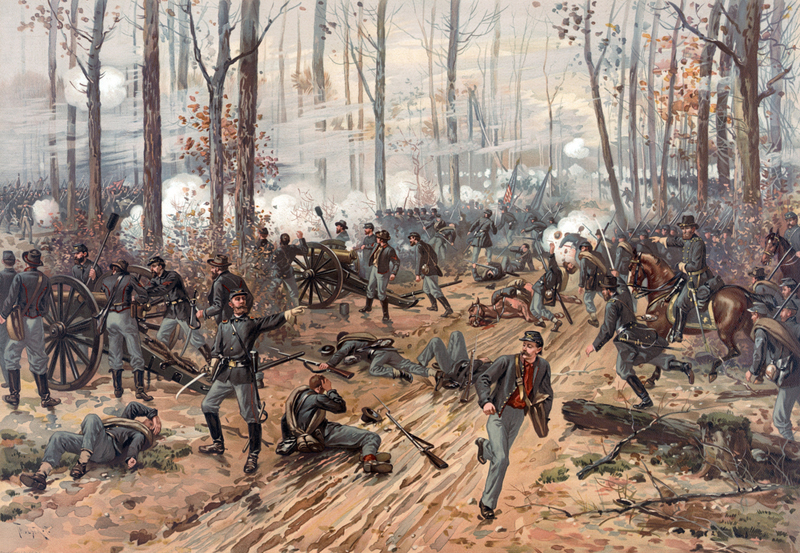
Angel’s Glow: An Eerie Blueish Glow
More than 48 hours later, medics arrived at the scene, where doctors, nurses, and survivors all recounted an eerie blue-ish glow being emitted from some of the soldiers’ wounds. Those who attended to these soldiers even recorded that those who possessed these mysterious glowing wounds had a better chance of survival than the others.
Lieutenant Ambrose Bierce was an eyewitness to the event and later went on to become a famous author; he wrote about the battle, saying, “God’s great angels stood invisible among the heroes in blue and the heroes in gray, sleeping their last sleep in the woods of Chickamauga.”
The phenomenon earned the fitting moniker, ‘Angel’s Glow’, and has puzzled doctors and scientists alike since being identified during the American Civil War. It would take nearly 140 years and 2 curious high schoolers to uncover the truth of this bizarre mystery!
What Was The Reason For Angel’s Glow?
Bill Martin, a 17-year-old high schooler, toured the Shiloh battleground with his family in 2001, which is how he first heard about the glowing wounds.
Bill had always been interested in science and loved learning about his mother’s work. Phyllis Martin was a microbiologist at the USDA Agricultural Research Service and was researching soil-dwelling luminescent bacteria. Bill put two and two together and asked his mom if bioluminescent bacteria could have caused the ‘Angel’s Glow’.
Like any good scientist, she asked him to test the theory with an experiment. He teamed up with his friend and fellow science enthusiast, Jon Curtis, with hopes of uncovering the mystery.
They kickstarted their project with some background research. They began by learning about different bacterial strains that glowed in the dark and cross-referenced that information with historical documents to verify if they could have been present in Shiloh.
One luminescent bacteria, in particular, Photorhabdus luminescens, stood out during their search.
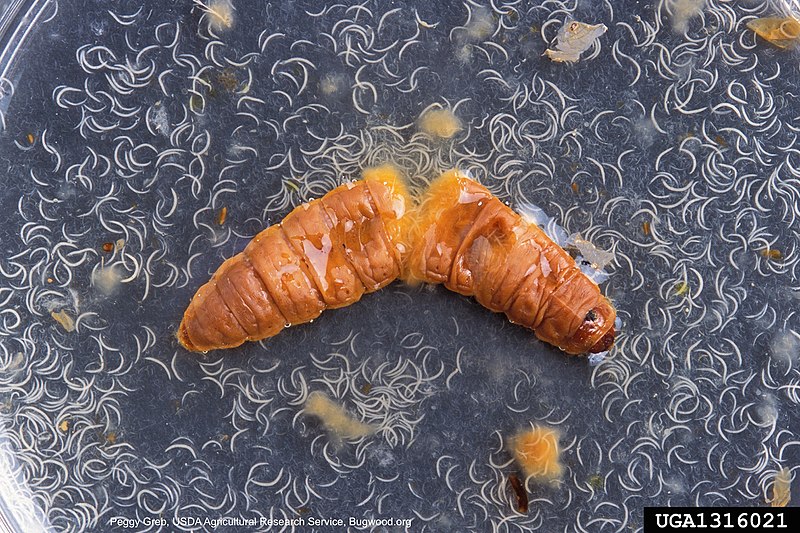
How Did The Bacteria Cause The Angel’s Glow?
The bacterium dwells inside the guts of tiny nematodes (worms) that were common in the muddy fields of Shiloh, Tennessee.
These nematodes are parasitic and prey upon insects found in the mud. They burrow into the insect and make themselves at home inside the insect’s blood vessels.
The bacteria is eventually ‘puked’ out by the nematode once it reaches the insect’s bloodstream. The bacteria proceed to release a potent chemical cocktail that destroys the host insect, along with any other microorganisms present inside it.
Without other competing organisms, both the bacteria and the nematode are free to feed, grow and reproduce until the insect corpse is hollowed from the inside out! Interestingly, after this, the nematodes re-ingest the bacteria, which are now numerous enough to produce a striking bluish-green glow.
Scientists assume that the glow draws more insects, making it more convenient for the nematode to find its next host.
Phyllis Martin had investigated the role of P. luminescens as a possible biocontrol agent against insect pests that destroy crops. She knew about the shared symbiotic relationship between nematodes and bacteria.
In the case of the soldiers, their open wounds were probably infested with multiple insects and microorganisms, which were the primary cause of sickness in the wounded. Bill and Jon proposed that the nematodes had similarly ventured out of the muddy ground into the soldier’s wounds.
This time, when the bacteria were released into the bloodstream, its toxin killed all other microbes, preventing fatal wound infections like gangrene from developing. As the bacteria continued to multiply, its characteristic bluish-green glow would have been visible on the wound.
This antibiotic nature of the bacterial toxin would explain the higher survival rates of the soldiers who possessed the glowing wounds. The Civil War medics could not arrive at this explanation, as the scientific world was still unaware of the medical potential of bacteria. It wasn’t until Alexander Fleming’s discovery of penicillin in 1928 that the power of antibiotics was revealed.
How Did They Figure Out That The Bacteria Caused The Angel’s Glow?
Bill and John’s hypothesis was compelling, but had two major problems. The first was that the bacteria did not survive at the normal temperature of a human body. Even though the historical records of the battle clarified that the weather and soil conditions at the time were perfect for the symbiote, it would not have grown and glowed inside the wounds.
However, they realized that in early April, the evening temperatures in Tennessee would have been quite low. Historical documents also mentioned that it had been unusually rainy during the battle. After battling enemy troops, the soldiers had to survive the cold, wet and muddy conditions, which proved to be an indomitable foe, resulting in hypothermia. The drastically low body temperatures would have allowed P. luminescens to grow and glow!
These amateur researchers also had to prove that the bacteria were what caused the wounds to heal faster. Existing research has found that P. luminescens produces an antibiotic, 3,5-dihydroxy-4-isopropyl stilbene, in abundance. This kills off any other microbes that would have otherwise caused fatal infections in the soldiers. The bacterium is also known to possess specialized enzymes and deadly toxins that act on insects, such as caterpillars.
Conclusion
The role of P. luminescens as a biocontrol agent has gained some importance, with recent research identifying novel bacteriocins called lumicins that are produced by it. The lumicins are capable of killing any other bacterial strains in the vicinity. Phyllis Martin is currently exploiting this characteristic of P. luminescens against Colorado potato beetles, which are notorious pests of agricultural crops. The glowing bacteria concealed within the nematode of genus Heterorhabdus are able to regulate this pest beetle. Hence, it is a good alternative for farmers who do not want to use chemical pesticides.
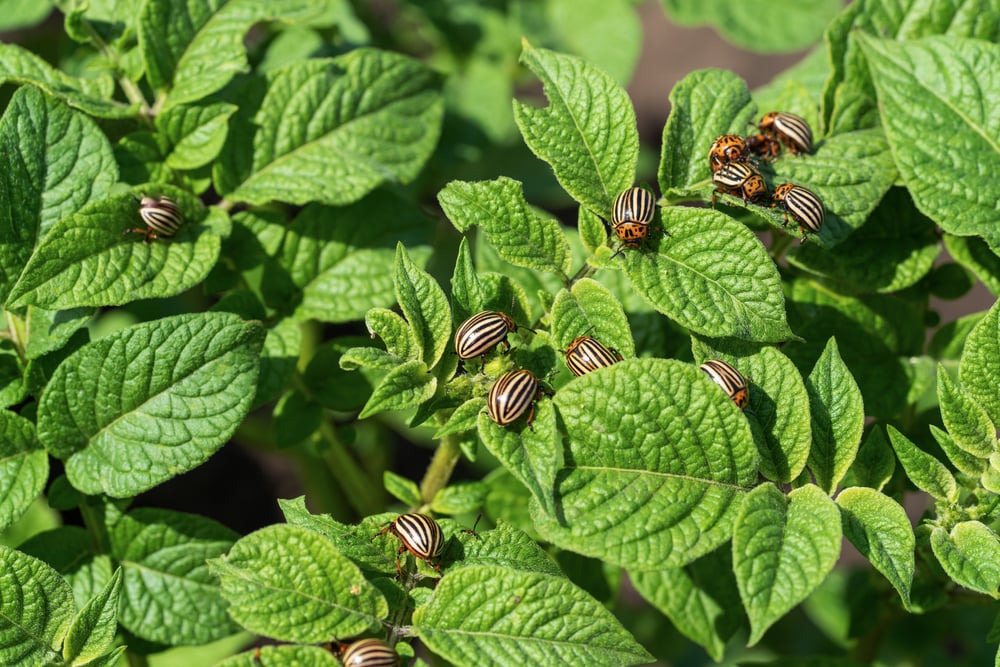
For a long time, historians believed that the stories of glow-in-the-dark wounds were just myths, but the scientific explanation provided by Bill and Jon have shown that the mysterious glow might have been a reality! Their discovery even earned them first place at the 2001 Intel International Science and Engineering Fair!
Lady Fortune smiled upon the brave soldiers who fought for two long days in the cold and wet conditions of Shiloh in April, 1862. Over 16,000 wounded soldiers were stranded in the muddy, rain-soaked fields. Their open wounds were sure to be infected by a plethora of organisms by the time help arrived. Fortunately, in this instance, the right bacterium at the right time made their wounds glow. The troops may have thanked the angels, but it was a tiny bioluminescent bacteria that actually brought them back from the brink of death!
References (click to expand)
- Glowing Wounds - Science Updates - Science NetLinks - sciencenetlinks.com
- Rodou, A., Ankrah, D. O., & Stathopoulos, C. (2010, June 1). Toxins and Secretion Systems of Photorhabdus luminescens. Toxins. MDPI AG.
- Glowing wounds and angelic bacteria | Blog - www.pharmaceutical-journal.com
- Photorhabdus luminescens - microbewiki. Kenyon College
- Students May Have Answer for Faster-Healing Civil War .... The Agricultural Research Service

